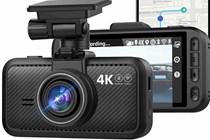Sunrise and sunset may be beautiful times of day but they’re among the most dangerous to be driving because the sun is low in the sky and can be incredibly bright. Driving in low sun, you could catch the light at just the wrong angle rendering you functionally blind for a few seconds, which is really scary when you’re driving.
Fortunately, there are things you can do to see better under these circumstances. None of them will eliminate the problem entirely – you can’t turn the sun off – but implementing any of them will help keep you and other road users safe. In this guide, we’re going to explain what you can do to cope with the rising or setting sun.
Why is the rising/setting sun so bright?
When the sun’s low in the sky, its light passes through a lot of the Earth’s atmosphere. That scatters the light, intensifying it significantly to the point that our eyes struggle to cope with how bright it is. And the problem is amplified if the light reflects off a shiny surface such as a wet road. The low sun also casts very long and dark shadows, creating massive contrast that, again, our eyes struggle to cope with.
Science out of the way, let’s look at what you can do to deal with blindingly bright sunlight while driving.
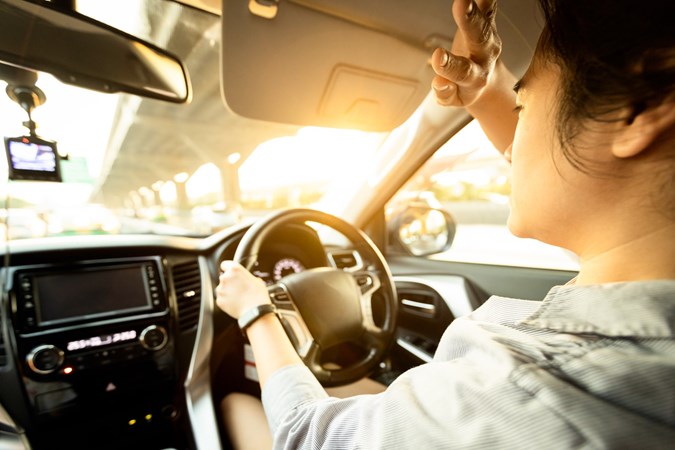
Be aware of your surroundings
The sun rises in the east and sets in the west. If you’re headed in those directions on a clear day you’re driving towards the sun. Since most roads follow a roughly straight path, you may well have to deal with the sun for some time.
Look ahead along the road and you should be able to see where the road passes between sunlight and shadow well before you get there. You can at least prepare yourself to deal with the transition when you get there.
Wear sunglasses
Dark-tinted sunglasses are a big help when faced with the full force of the sun. A pair of cheap tourist shop shades is better than nothing, but may not be very dark or protect you from ultraviolet radiation.
In our experience, polarised sunglasses are best. They protect from UV and significantly reduce glare. Curved lenses maximise coverage as well – flat lenses are pretty much useless when the sun is to the side. In the picture below, you can see this writer wearing curved, polarised sunglasses. They’re expensive (especially if you need prescription lenses) but worth the investment if you do a lot of driving.
The shadows cast by low sun are often so dark that you can barely see while wearing sunglasses. Be prepared take them off as necessary, if you can do so while keeping one hand fully on the steering wheel.
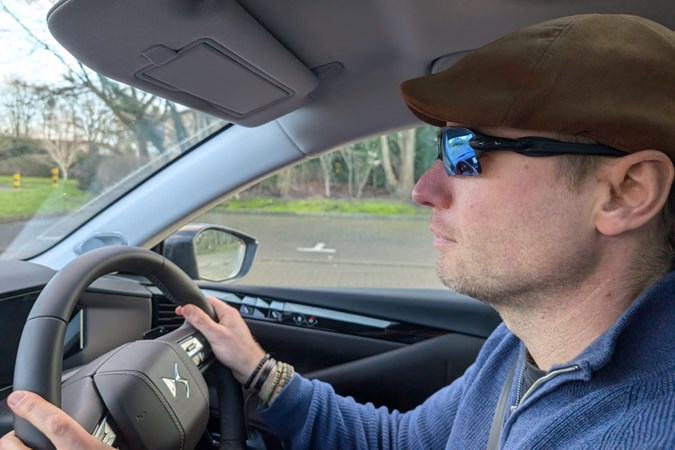
Use your car’s sun visor
If the sun is in the top half of your car’s windscreen, the sun visors can help block it out. Apart from that annoying gap in the middle, unless you get a small sunshade to fill it in. You should be able pull down the passenger-side visor from the driver’s seat – try not to look away from the road while you do so. When positioned vertically, the visor can block your forward vision; keep it angled towards the windscreen.
Wear a hat
A peaked cap can be more effective at blocking out the sun than a car’s visors. We’ve come across quite a lot of cars with annoyingly slim visors that forced us to put a cap on. Only reach for a hat if you can do so safely or have a passenger to pass it to you.
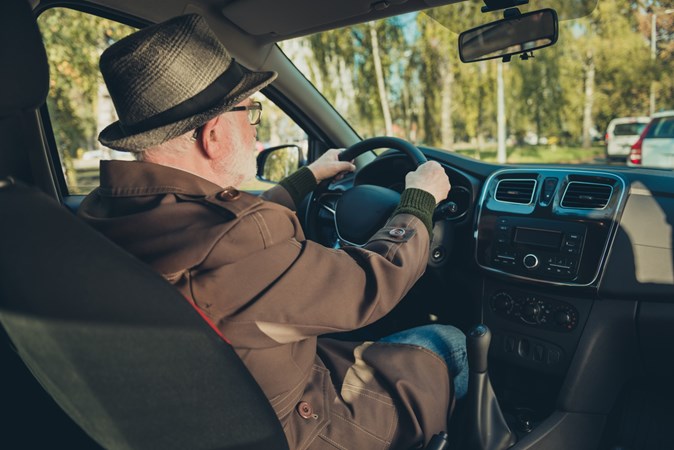
Alter your driving position
We tend to slump down in the seat while driving, which can lower your eyeline just enough to put the sun directly in front of you. Sitting upright alters your eyeline and might move the sun behind the sun visor or above the level of the windscreen.
Put your car’s lights on
It’s not just you that’s struggling with the low sun – every other driver is as well. You and they need to be able to clearly see the vehicles in front, as well as oncoming traffic. If the head and taillights aren’t illuminated, those vehicles can be completely obscured.
Keep your distance
If you’re blinded by the sun, it’s going to be more difficult to see what the vehicles ahead are doing. Increase your distance from them and ease off the accelerator pedal if you feel it’s necessary. Also bear in mind that the driver behind you is struggling to see, as well, so avoid doing anything suddenly, such as braking heavily.
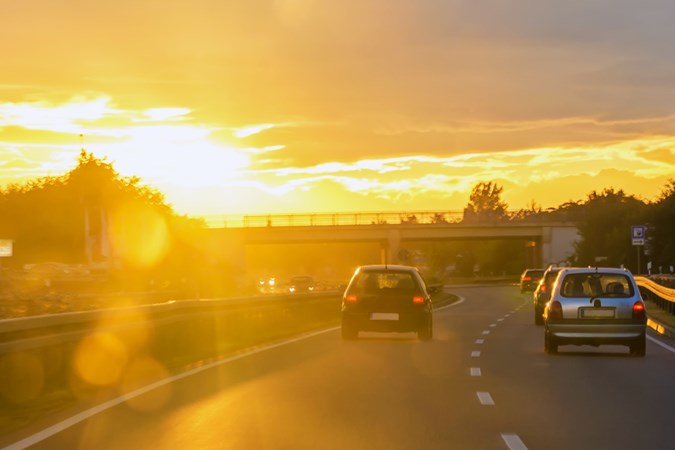
It’s not just drivers that need protecting from the sun – passengers do, as well, especially children.
The best car sunshades available
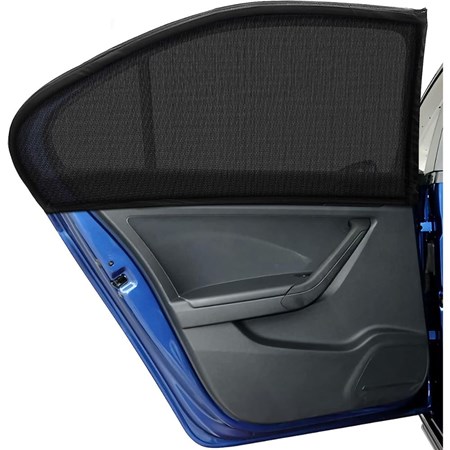

Pros
- Comes in twin pack
- Fits over outside, so windows still open
Cons
- Might need extra securing
You might also want to consider how to deal with any incidents that occur while driving in low sun.
The best dashcam currently on the market
Read our full MIOFIVE S1 Ultra review.
Pros
- Front and rear camera package
- Good picture quality
Cons
- Brand is a bit of an unknown
Just so you know, we may receive a commission or other compensation from the links on this website - read why you should trust us.








